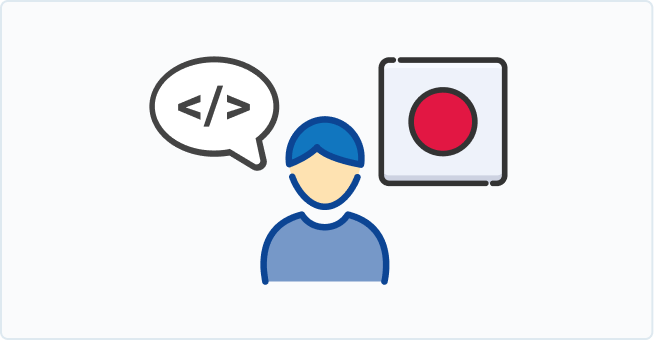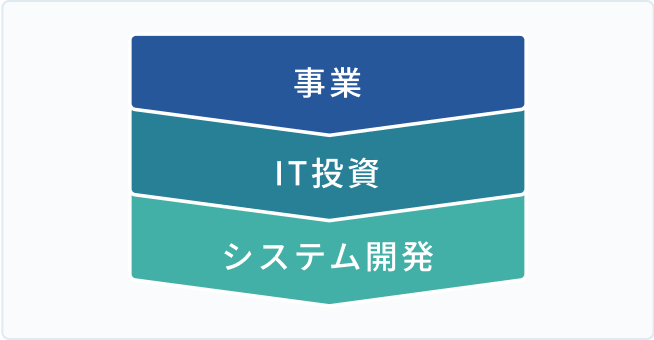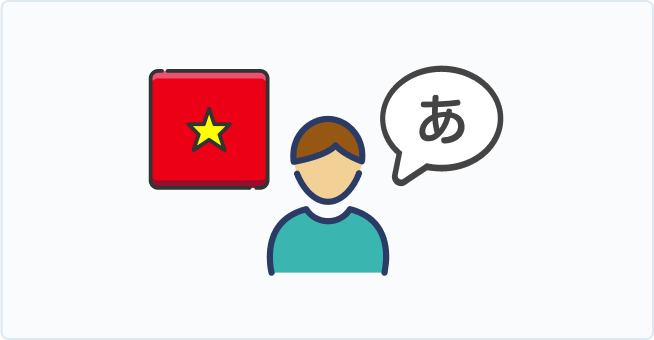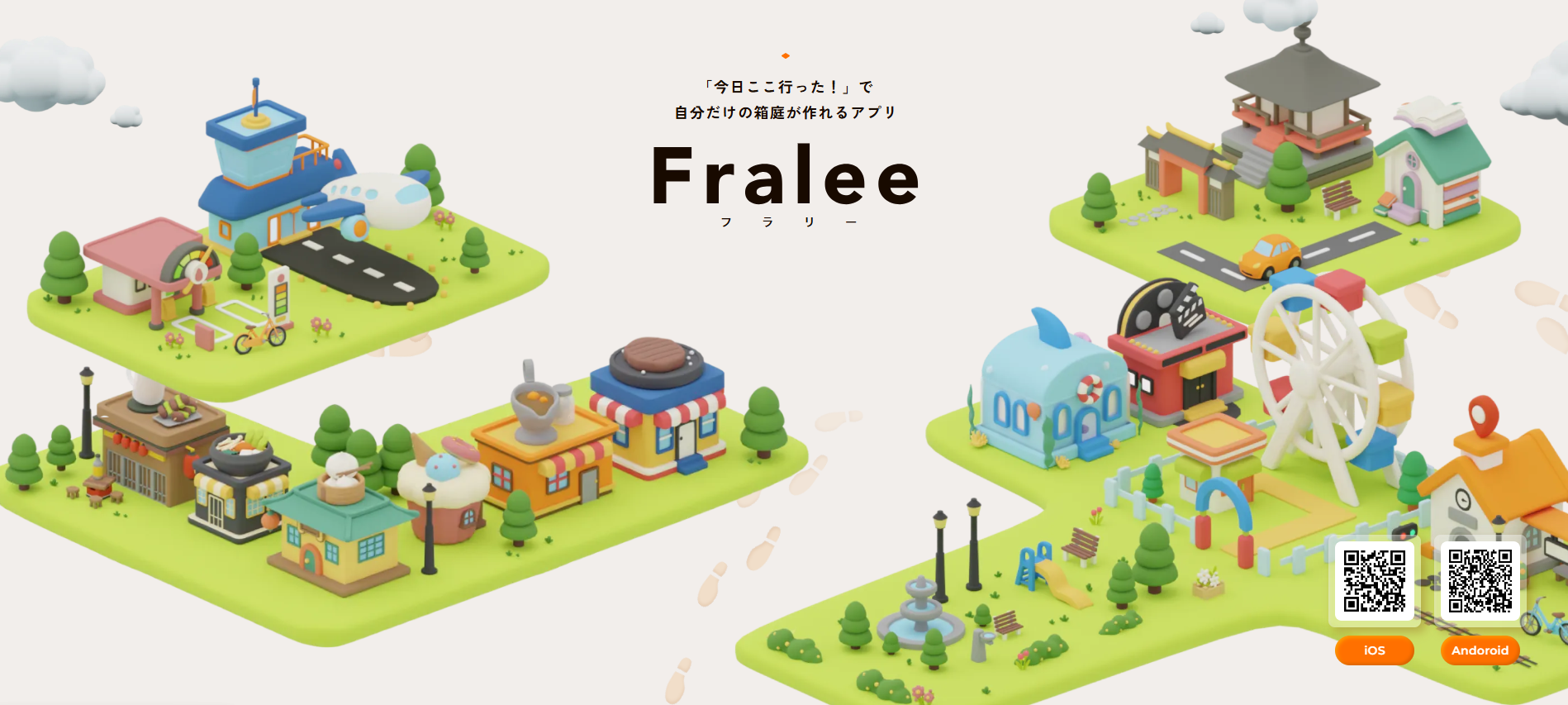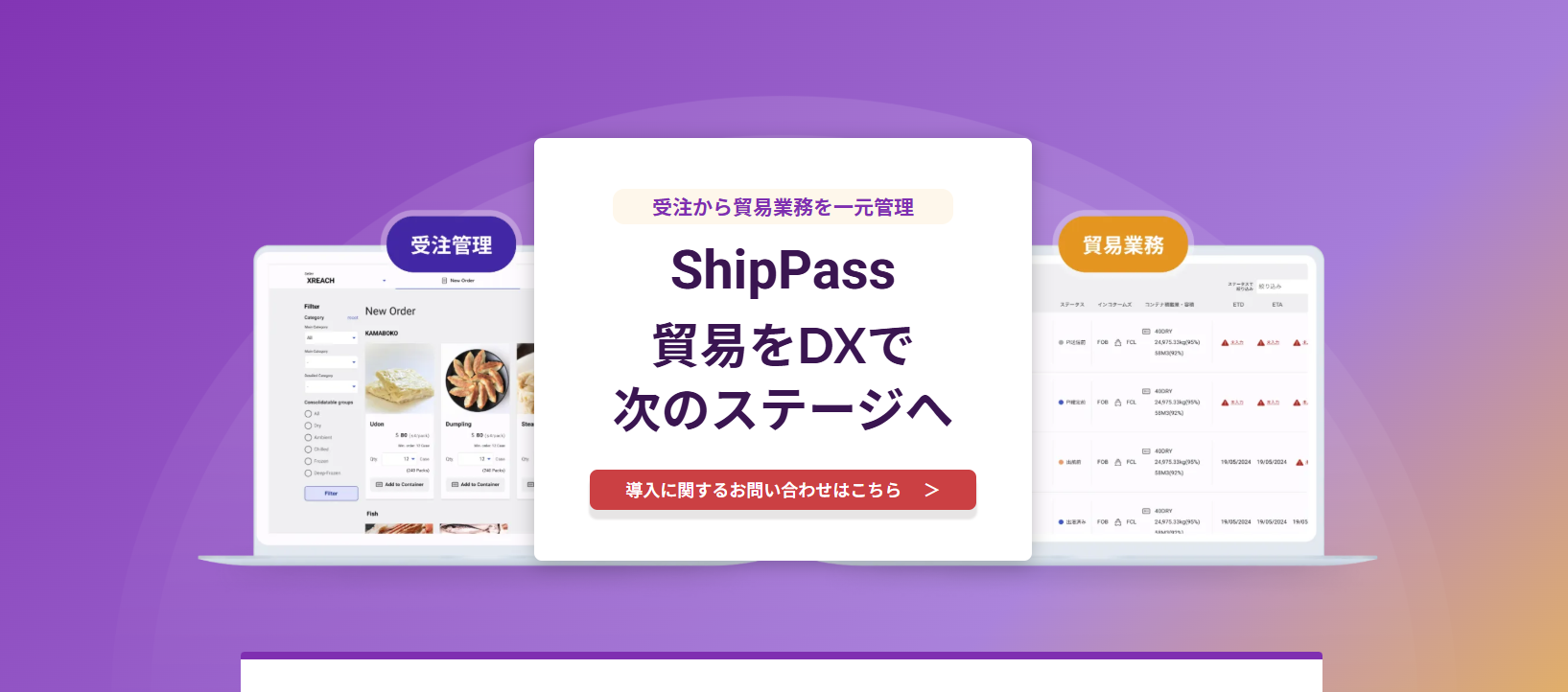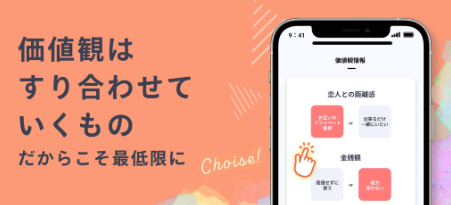Our Service
Strategic Value Creation from the Ground Up: Empowering Businesses with Solashi’s Vietnam Offshore Development
Let’s get a working product out there first. Solashi is here to help you build the business you’ve always dreamed of.
To minimize future costs and risks, we follow this development process for system development.
01
Short Project
1-3 months
Hearings
User Interviews
Main Screen Design Creation
Storyboard Creation
User Evaluation
02
MVP Development
3-6 months
UI Design Creation
Requirements Definition Document Creation
03
Main Development
1.5 months or more
System Design
Implementation

 日本語
日本語